
views
New Delhi: Delhi metro is the second most unaffordable transit system in terms of percentage of commuter income spent per travel, a study revealed on Tuesday.
The study conducted by the Centre for Science and Environment (CES) spanned nine cities where the cost for a 10-km trip is less than half a US dollar. Under the second phase of revised fares in effect from 1 October, 2017, a Delhi metro ride covering a distance range of five to twelve kilometres costs Rs 30 - a 100 percent hike from fares before the phase one revision in May, 2017.
The study said that for a transport system to be accepted as affordable, the upper cap of the household income spent on transport should be about 15 percent.
The study also found that after accounting for integrated journey cost (an estimated 25 per cent of the transit system cost that a person spends to get to the Metro station and then reach the destination from the station – rickshaws, auto rickshaws and e-rickshaws in Delhi’s case), metro and even AC bus travel becomes unaffordable for the middle income group which make up approximately 30 per cent of the population.
The 25 percent integrated cost, the report states, is a conservative estimate. The transit becomes even more expensive for lower income groups.
“For a person in Delhi earning a minimum daily wage (unskilled) of Rs 534, the 15 per cent spent on transport translates into Rs 80 roughly (assuming the person is the only earning member of the household). As per CSE’s calculations, an unskilled daily wage labourer in Delhi, on an average, has to spend around 8 per cent of his/ her income if he/ she travels on a non-AC bus, 14 per cent for an AC bus, and 22 per cent on the Delhi Metro,” the study said.
According to the study, if this spending were to be around 3-4 per cent (as it is in Singapore, the person could save up to Rs 60 per day. This could mean around 1.5 to 2 litres of milk every day for the family. A month of these savings could mean life insurance of Rs 2 lakh each under the Pradhan Mantri Jeevan Jyoti Bima Yojana (PMJJBY) scheme for a year for a family of four.
The report also found that ridership following the fare hike has dropped considerably. It claims that Delhi metro saw a marked drop of about 4.2 lakh passengers in ridership by 2018 following the fare hike.
“This is symptomatic of the lack of overall policy for pricing of all transport services and a lack of strategy for funding of these systems and increasing ridership,” CSE experts said in the report.
Metro ridership in other cities in India also show a worrying trend. Ridership of Jaipur, Lucknow and Chennai Metros show a deficit of over 1,000 percent compared to projected numbers, the report found.
Delhi Metro Rail Corporation (DMRC) refuted the findings of the study and said that the report only takes into account small metro systems for comparison.
"The fares of the Delhi Metro were revised in 2017 after a gap of nine years during which there was almost a 90 percent increase in power tariff and other input costs. In addition, the fares were revised by an independent Fare Fixation Committee through a well-defined mechanism and not by DMRC itself. In the year 2018 only, Delhi Metro has expanded by more than 60 kilometres and will have a network of 350 kilometres in the next few months. Therefore, the Delhi Metro is providing a pollution free, eco-friendly travel option to the entire NCR which is grappling with issues such as traffic and pollution.”
The statement further said that periodic fare revisions are imperative to sustain such infrastructure projects in the long run and added that the sustainability of the metro currently is primarily dependent on the fare box collection and till such time as an alternative viable option is available, fares will need to be fixed accordingly.
“The increase in fares by 90 per cent is inaccurate as it does not take into account the various discounts available on the system. The comparison of fares of other metros does not take into account large size metros comparable to the DMRC network and is selective. The only international benchmarking group of large metro systems has placed DMRC fares at a much lower fare level," the statement said.
The DMRC also claimed that Delhi Metro fares are among the lowest among cities with operational metro systems that have an annual ridership of at least 500 million.
"DMRC is a member of CoMet (community of Metros) - a benchmarking group of large metro systems in the world having annual ridership of at least 500 million. At present there are 32 Metro systems members of it, including Delhi Metro. Out of these 32, Delhi Metro's passenger fare per passenger km is considered amongst the lowest in them."










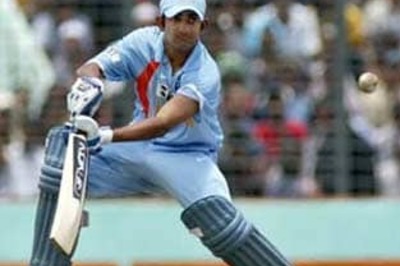


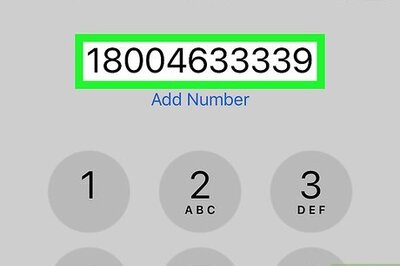

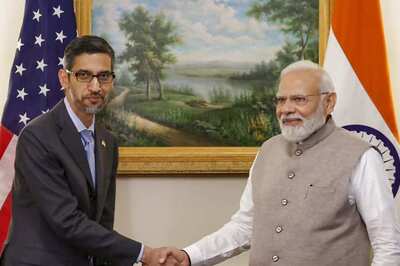
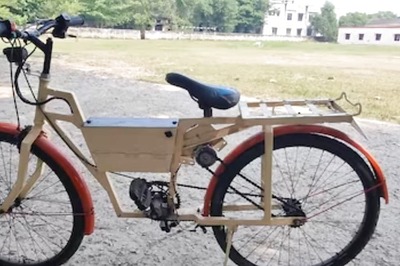
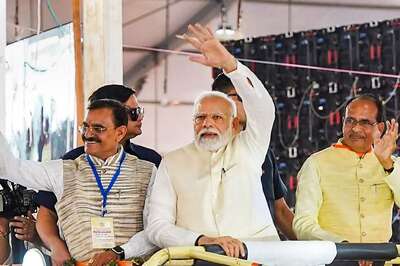

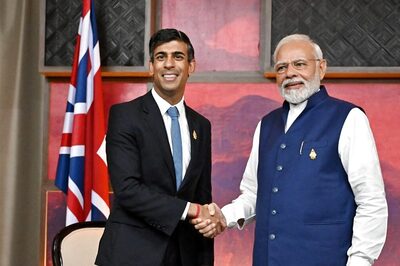
Comments
0 comment